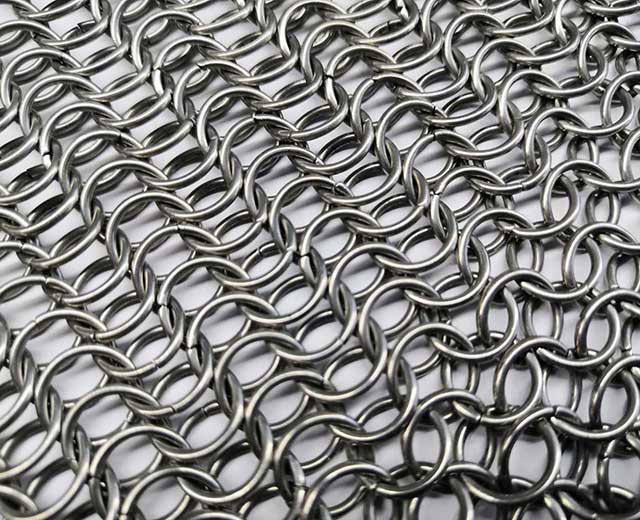
Although some have chemical functions that are not easy to corrode, their physical functions cannot satisfy the fundamental requirements of building components. For example, copper, zinc, tin are too soft, nickel, titanium, and chromium are too hard, and some metals cannot be solid in normal environments. The appearance exists. Therefore, the body anti-corrosion of metal is a balanced product including cost based on the physical properties such as strength, mechanical processing function, and anti-corrosion chemical properties.
The following introduces the materials used on the metal curtain walls of industrial and civil buildings. Stainless steel, stainless steel is generally made of metal alloy elements such as nickel (Ni) and chromium (Cr) in steel. It is pided into different trademarks according to the amount of participation of various elements, which is suitable for different applications; according to its metallography The organization can be pided into two categories: austenite and ferrite (commonly known as stainless steel and stainless iron).
In order to enhance the atmospheric corrosion resistance, suitable for outdoor use in buildings, the elements chromium (Cr) and molybdenum (Mo) can be added to the stainless steel, and the atmospheric corrosion resistance Cr+3Mo can be used as the corrosion resistance index of stainless steel. Is the pitting index. When the comparison is stopped under the same pitting index, the atmospheric corrosion resistance of the ferritic system is better than that of austenite, and it increases. When the content of Cr and Mo improves the atmospheric corrosion resistance, the cost of the ferritic system is also much better.
pre:How does the metal mesh curtain work well with others?
next:Different types of decorative threads in metal decorative ne
© 2025 Joinwin Architectural Wire. All Rights Reserved. | Sitemap
Recommended Read
Decorative ceilings – a new choice to enhance the beauty and function of the space
Architectural Wire Mesh: Transform Spaces with Modern Metal Aesthetics